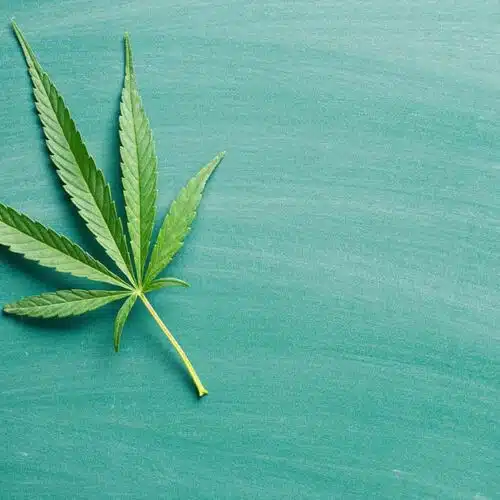Minnesota Medical Marijuana Program Saving People With Pain
Pain patients have rushed to a program that has battled slow enrollment since its launch last year.Patients enrolled in Minnesota’s medical marijuana program for pain have found relief from their symptoms.
“It’s given me my life back,” said Jeanne Luck, one of the 1,667 Minnesotans who have turned to the Office of Medical Cannabis in search of relief from intractable pain — severe, chronic pain that is not eased by the usual painkillers, opioids or therapy.
Half of the patients enrolled in Minnesota’s medical marijuana program, have chronic pain.
The statistics of Minnesota’s medical marijuana program show that it is one of the most restrictive in the country and one of the smallest. As of last Friday, 3,331 patients had enrolled. The state’s eight cannabis clinics, said that their business had doubled in August, the first month that pain patients were allowed into the program.
Patient Story: Jeanna Luck
Luck, a nurse practitioner who is a mother of three, uses cannabis oil to ease the symptoms of Ehlers-Dalos Syndrome. Ehlers-Danlos Syndrome, often referred to as “EDS” is a collection of heritable connective tissue disorders. Either directly or indirectly, Ehlers-Danlos Syndrome is known or thought to alter the biology of collagen in the body (the most abundant protein), which can lead to multi-systemic symptoms. Each type has certain physical traits and with notable exception to the most common form, the hypermobile type of Ehlers-Danlos Syndrome, most types have a known disease-causing gene.
Luck, who has been in pain since childhood, remembers going to the clinic for the first time, exhausted, hurting and dealing with unpleasant opiate side effects. It had been at least 10 years, she estimated, since she’d gotten a full night’s sleep
Luck was quoted saying medical marijuana has “been a miracle”.
“This is perfect, perfect medicine … It doesn’t hang you over, it won’t kill you, it gives you quality of life, energy to do the things you want to do today and tomorrow.”
The two companies that have spent tens of millions of dollars to get growing operations and clinics off the ground are hoping that an influx of pain patients might help with their financial situation. This, however, won’t be that year.
The two manufacturers selected by the Health Department to grow, refine and sell the state’s entire cannabis crop, Minnesota Medical Solutions and LeafLine Labs, lost a combined $5.2 million in 2015, according to the Associated Press.
Financial losses
Minnesota Medical Solutions CEO Dr. Kyle Kingsley stated his company will lose millions more this year and for “quite a while.”
“The losses are deceiving because of the current influx of patients,” said Kingsley, “We’re confident this change to intractable pain is going to be the difference.”
Health Commissioner Ed Ehlinger is evaluating nine conditions the public petitioned to bring into the program and will decide by Dec. 1 which, if any, will join the 10 conditions that currently qualify Minnesotans to take medical cannabis.
During public hearings, the public made their case to the Health Department for expanding the program to include:
- Arthritis
- Autism
- Post-Traumatic Stress Disorder
- Depression
- Diabetes
- Phantom limb pain
- Insomnia
- Schizophrenia
- Ehlers-Danlos Syndrome — as a qualifying condition in its own right, apart from intractable pain.
Minnesota’s Future
Because marijuana remains an outlawed federal substance, there is relatively little U.S. research to help guide public policy debates such as this one.
“Potential harms [from abuse of marijuana] need to be weighed against the potential harms of treatments currently available to these patients,”A panel of Medical professionals wrote in its October summary for the Commissioner. “For example, many of the chronic drugs given to children with seizures or autism have negative cognitive effects and addiction concerns. There are similar concerns with medications to treat other diagnoses as well.”
Minnesota Patient Jody Taylor-Haye suffered a severe allergic reaction to the opioids she was prescribed for her degenerative disc disease. She was left with no options for pain relief until a friend suggested she sign up for the medical cannabis program.
“I sat in my chair every day with a heating pad. My family felt they were losing me,” she said. “pleasantly surprised and pleased that it was easy as pie” to get certified and enroll in the program. In a matter of months, she said, she went from taking 18 medications to taking three, plus cannabis.
“I’m living again,” she said. “I’m able to do everything I used to do — laundry, play with my kids … I’m not stuck in a chair all day. … Medical cannabis has been the best thing that’s ever happened to me.”
Learn More about Medical Marijuana and Pain Management
Sources:
StarTribune
Ehlers-Dalos Syndrome Foundation

